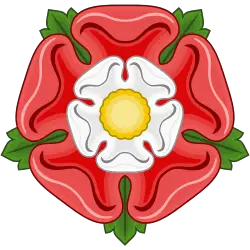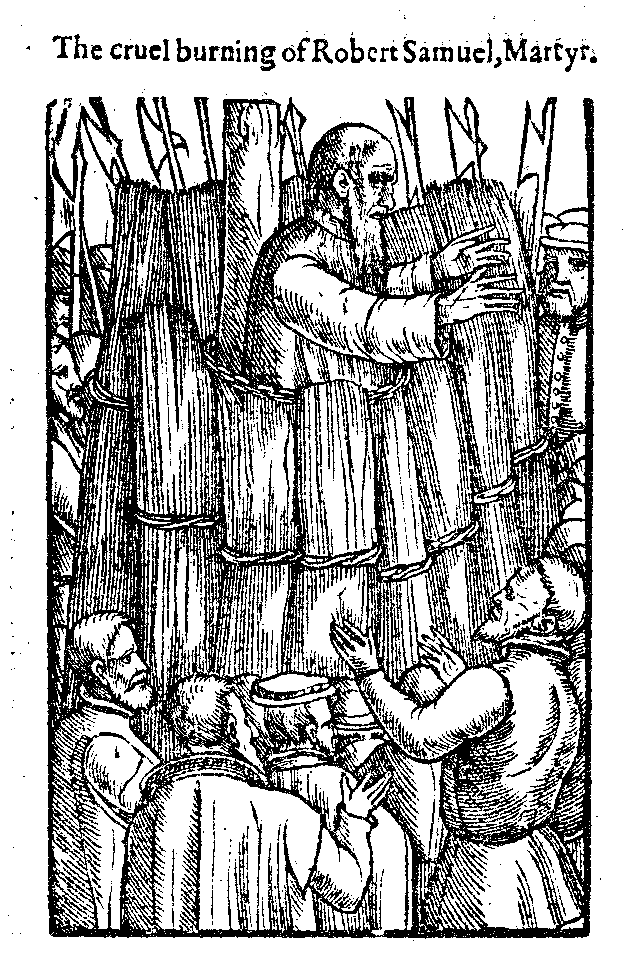How much do you know about the inventors and inventions of the Tudor period?
Grab your favourite snack and beverage, make yourself comfortable, and test yourself with this week's Sunday quiz!
Afterwards, why not watch our Claire Chats video on Tudor inventions - here.



Leave a Reply